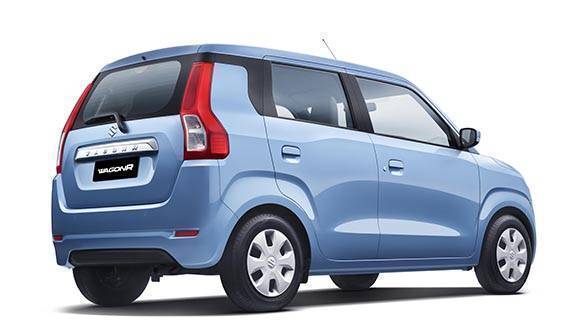Instrukciya Stanka Modelj 16b20p 061

Windows 7 ultimate product key free. • 1,453 cc (RS, RS20) • 1,897 cc I4 (RS30) • 1,491 cc I4 Dimensions 2,530 mm (99.6 in) Length 4,285 mm (168.7 in) Width 1,679 mm (66.1 in) Height 1,524 mm (60.0 in) 1,152 kg (2,540 lb) The Crown was introduced in 1955 in Japan to meet the demands of public transportation. The Crown was intended for private purchase, while the served in a commercial form as a taxi, both with the same 1.5 L engine used on their previous car, the Toyopet. The front doors open conventionally, and the rear doors are ', a feature also utilized on the, Toyota's first car. Small engine displacements were used to keep the vehicle affordable, as the Japanese Government began to impose an to help develop and maintain a national transportation infrastructure in 1950. The appearance of the Crown shows some similarities with the European.
The character lines above the wheel arches add muscle to the XUV300 along with the plastic cladding on the lower edges of the car. We would have loved to see 18-inch tyres, even as an option.
The Crown was much more popular than the Master due to the more compliant suspension of the Crown, and while the Master was intended for taxi service, the Crown was more accepted by the market over the Master, and more Crowns were sold into taxi service than the Master. The Crown was designed to replace the Super but Toyota was not sure if its independent front coil suspension and its suicide type rear doors were too radical for the taxi market to bear. So the Super was updated, renamed the and sold in tandem to the Crown, at Toyota Store locations. When sales of the Crown proved worthwhile, the Master was discontinued in November 1956 after being in production for only one year, and production facilities for the Master were transferred to the Crown. While the Master was discontinued the commercial vehicle based thereon, the Masterline, continued to be offered (utilities, wagons and vans) until 1959. A six-door wagon known as the was shown as a concept car at the 1961.
It did not go into production. In December 1955 the Crown Deluxe (RSD) was introduced, a posher model equipped with a radio and heater as standard. The initial RS model received a cosmetic update in 1958 to become the RS20, now with hooded headlights and a single-piece front windshield. In October 1959 Japan's first passenger car, the Crown Diesel, was introduced. Its C-series engine only had 40 PS (29 kW).
In October 1960 the 1.5 L R engine was complemented by the larger 1.9 L (1,896 cc) engine for a model called the RS30, originally only available in the Deluxe version. The 1900 was also available with the new two-speed Toyoglide automatic transmission. In April 1961 a Crown Standard 1900 was added. Its coil and double wishbone was a departure from the leaf sprung front suspension used on most previous models but was similar to the independent front suspension used on the 1947 Toyopet. The live axle rear suspension was similar to that used on most of the previous models (unlike the trailing arm rear suspension used on the SA). Taxi versions were produced and beginning in March 1959 commercial versions of the vehicle were also available, as an estate wagon and a three- or six-seater.
